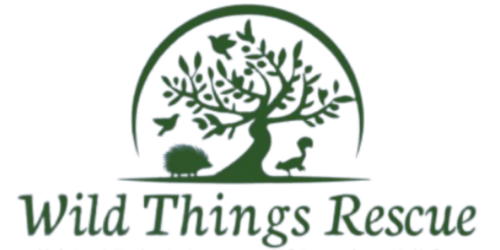In the last 24 hours we have been contacted multiple times about sea birds on the beaches of Skegness. We are monitoring the situation but wanted to bring you a more thorough update. Cases of bird flu along the east cost have increased in recent weeks, with birds testing positive in Yorkshire and Norfolk. Unfortunately, it is likely that the sea birds found on the beaches of Skegness in the last few days are suffering from bird flu. This puts us in a really difficult position, as we aren’t allowed to admit animals with suspected bird flu into our centre for treatment. If we were to have just one positive bird flu case on site, it is very likely that all birds on site would be culled and we would be unable to use our centre for up to a year.
Please understand that this is an awful situation for us as wildlife rehabilitators and animal lovers, we don’t ever want to turn an animal away, but our hands are tied.
The video below shows one of the Gannets assessed by a volunteer.
Our policy on suspected bird flu cases
In light of the ongoing outbreak, we’ve put the following protocol in place for suspected cases of bird flu, particularly in seabirds:
- Do not approach or touch the bird. Bird flu is a zoonotic disease, meaning it can (rarely) transmit to humans, and it poses a greater risk to other birds.
- Take photos or video from a safe distance if possible. This helps us assess the bird’s condition remotely.
- Send us a what3words location to pinpoint the exact spot. This allows us or other wildlife responders to locate the bird efficiently.
- Where possible, we will aim to send a local volunteer to assess and monitor the bird.
If the bird is clearly suffering and unlikely to recover, we may be able to work with a local veterinary practice to arrange humane euthanasia. However, if the bird appears stable and there is a chance of recovery, we will leave them in situ and continue to monitor. In some cases, seabirds have made surprising recoveries when left undisturbed in a safe location.
This may feel like inaction but it is the most responsible and safest way to handle suspected bird flu cases under current regulations. By removing the bird from the location, our only option is to euthanase, which is why we may choose to leave the bird where they are and monitor, so they do have a chance of recovery.
Signs of bird flu in birds
One of the difficulties with bird flu is that the symptoms are often quite vague and are similar to those of a generally debilitated bird. Signs can include:
- Lethargy or unresponsiveness
- Inability to stand, balance, or fly
- Tremors, seizures, or head tilting
- Swollen or cloudy eyes
- Diarrhoea
- Sudden collapse or death
Susceptible birds
Theoretically any bird can get bird flu, but there are some species that are more likely to. Birds that spend time around bodies of water or birds that are likely to eat carrion are more susceptible. These birds include:
- Seabirds: such as gannets, great skuas, gulls (e.g. herring and black-headed), terns, kittiwakes
- Waterfowl: such as mute swans, Canada and greylag geese, mallards, tufted ducks
- Birds of prey: such as buzzards, peregrine falcons, red kites, owls
- Corvids: such as crows, magpies, jackdaws
What can you do if you find a bird you suspect has bird flu?
If you come across a sick or dead wild bird:
